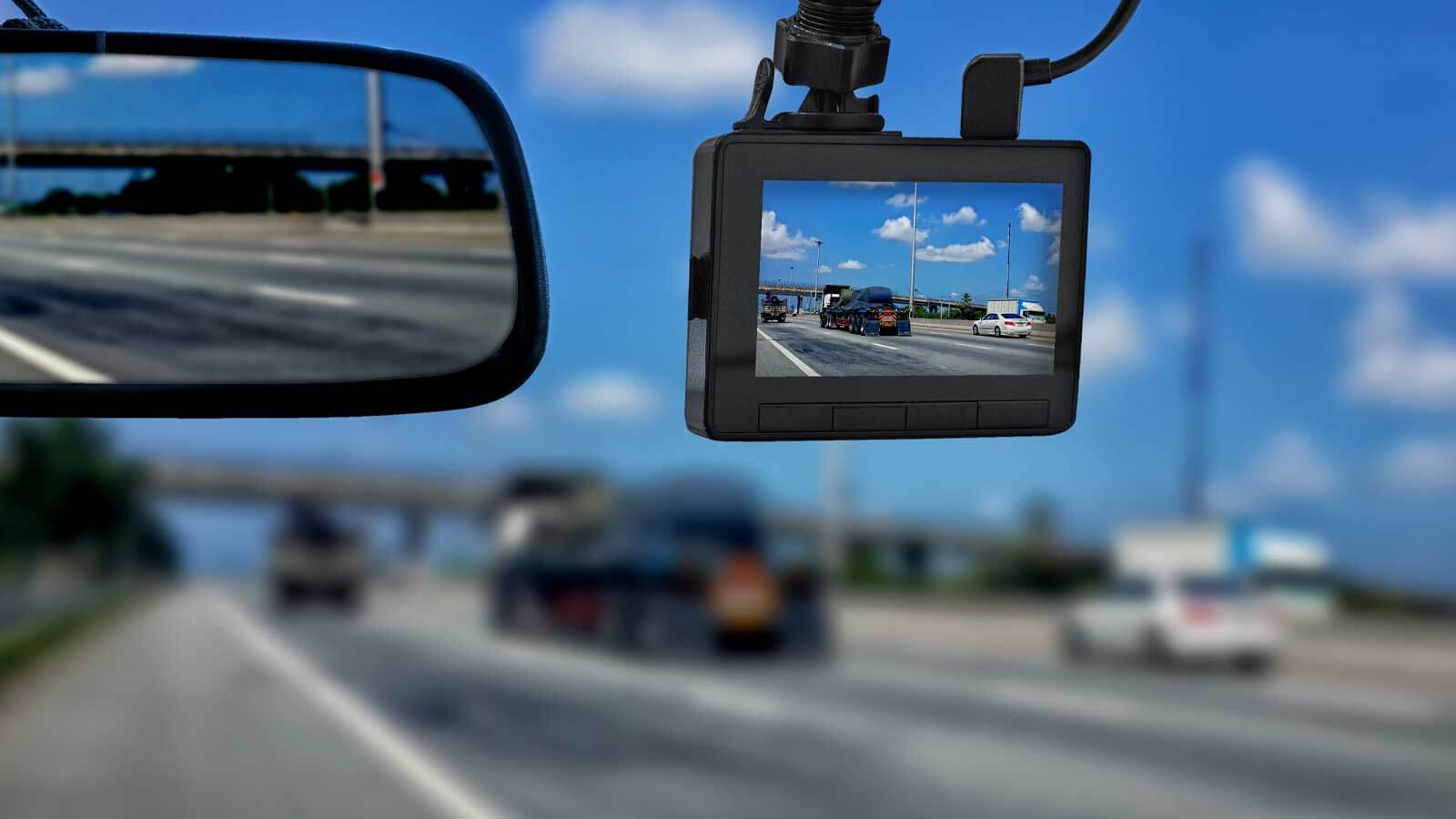Three key takeaways:
- Dash cameras are designed to improve driver safety, but they can have negative effects in a commercial fleet.
- In-vehicle monitoring can impact employee morale and create a company culture of mistrust.
- Rewarding safe driver behavior while using tools such as Contextual Mobility Management (CMM) can make for more positive, effective policy.
Dash cameras are nothing new in fleet management. They help freight companies and other businesses that employ drivers to achieve a wide variety of goals, including rewarding good driving behavior, promoting a strong safety culture, and protecting against false claims.
Yet, even as recorded video technology has become more prevalent in our daily lives – built into our smartphones, security systems and more – there are practical and psychological factors associated with the use of surveillance tech that companies should understand. Dash cams come with their own potential side effects.
Fleet Dash Camera Privacy Concerns
In-vehicle cameras may be perceived as invasive. On the extreme end, a class-action lawsuit was filed against dash cam company Samsara after it was alleged to have used facial recognition technology to capture biometric information from freight drivers without their consent.
Additionally, there’s strong evidence that suggests drivers consider dash cams to be an imposition. A recent survey from Truckers News asked readers “How do you feel about inward-facing cameras?” More than 90 percent of respondents had a negative reaction to the question, including:
- 68 percent who agreed that “I would never give up my privacy like that”
- 24 percent who agreed that “I’ll tolerate them, but I don’t like them”
Over 90% of drivers disliked inward-facing dash cams
Source: Truckers News survey
Start recording, and they may stop caring
Some dash cams for fleet allow a live stream and real time communication. That could induce even more paranoia, as the driver doesn’t know if they are about to be watched or listened to at any moment. In fact, even if a vehicle is off, some dash cams continue recording.
Dash cams can lead to a culture of mistrust. The best drivers are diligent and engaged, which is precisely why they may resent the idea of being watched. They prefer to be given the autonomy to complete their jobs and the trust to do it the right way. Dash cams can even have the opposite of their intended effect, leading to a driver who feels constantly monitored becoming disengaged.
The Unforeseen Dash Cam Disadvantage: Incriminating Footage
Although it might seem that monitoring drivers would promote a safer driving environment, dash cams can’t always prevent crashes. The technology is more reactive than proactive. Captured video helps managers address behaviors right after poor driving behavior occurs (in the case of real time monitoring) or after an incident occurs.
Even behaviors that dash cams are designed to address remain unaffected by their presence. Dangerous driving behaviors, such as hand held cell phone use, aren’t necessarily curbed by dash cams. Instead, cams create a chain of video evidence after the fact in the event of an accident and provide material for supplemental driver coaching.
The SD card (and/or cloud) will store footage for better or worse. As Erin Gilchrist Rugg from Intellishift pointed out on the Fleet Safety Geeks podcast, “Data is our best friend or our worst enemy.” Dash cam footage of risky driving behaviors can work against a company in terms of insurance claims or in court. If the company does not have the staff and structure to stay on top of the data, this can lead to overwhelm, neglect, or footage being taken out of context. The only sure-fire way to stop distracted driving is to eliminate the distractions before they occur.
Don’t Record, Reward
Some companies feel they have no alternative, but that’s not the case. Distracted driving accidents caused by mobile device use are highly preventable. Fleet management policies should be proactive and directed in a way that reduces risks before they present themselves.
Measures like Contextual Mobility Management (CMM) can reduce or remove mobile device distractions behind the wheel altogether and help businesses enforce mobile device policies and prevent risks before they occur. CMM works by introducing an engineering control that takes the mobile device distraction out of the equation. Software suppresses non-essential apps and functions (as defined by company policy) that introduce risks on the road.
Dash cam monitoring may have uses within certain contexts, but companies that employ them have to reckon with their drawbacks. A more pointed approach: Reward safe driving milestones and empower appropriate mobile device usage while taking measures, such as CMM and other tools, to reduce distractions.
Be sure to incorporate privacy policies into your fleet management and listen to your drivers. More trust, better tools and less intrusion make for a better work environment – one that attracts the best drivers and puts them in a position to thrive.

